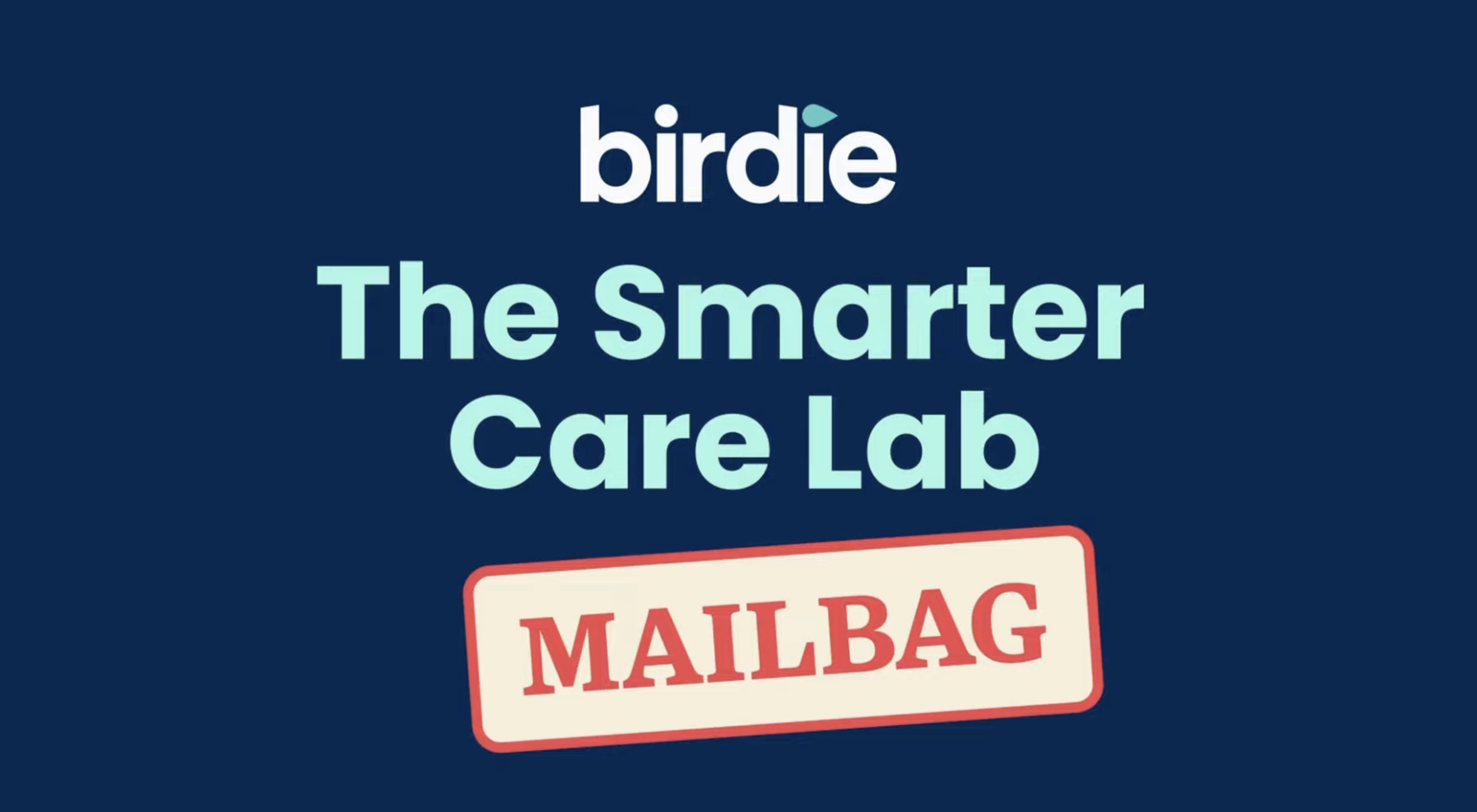Table of contents
As of April 2024, the CQC launched the single assessment framework across all health and social care providers. This framework has included a number of changes to the way the CQC perform inspections and provide a rating. Therefore the information below may contain some outdated information. For the latest information on what has changed and what you need to know, please head here.

The Care Quality Commission (CQC) is the independent regulator in England, covering all health and social care services to make sure that they’re compliant with various criteria.
They’re like the “watchdog” of the healthcare sector and as the regulator, they’re there for care recipients and their loved ones. They’re also there for homecare providers and care professionals, so if that’s what you do, the ratings help ensure you always offer the right type of care and that you’re compliant (referred to as CQC Compliance) with CQC standards.
Being compliant is a legal requirement (Health and Social Care Act 2009) and homecare providers and care professionals are graded through the CQC ratings system.
In this piece, we will talk about what the CQC ratings are, what a “Good” rating means, why the ratings are important for your homecare business and how to improve them, as well as other CQC ratings-related topics. So let’s get started!
What are CQC Ratings?
CQC Ratings are the four different results a care provider can receive following a CQC inspection. They are (from worst to best) inadequate, requires improvement, good and outstanding.
Any care provider – from a GP to a hospital, a nursing home to a care professional in a homecare setting (and others) will be regularly inspected by the CQC. During inspection, the provider is assessed against certain areas. The aim for any setting is that it is safe, well-led, capable, responsive and effective – these key ingredients combined together determine an overall rating and whether the setting is CQC compliant.
As well as those areas, there are certain standards (known as the CQC’s Fundamental Standards) that are also measured. They are as follows:
- Care and treatment must reflect the care recipient’s needs.
- Dignity and respect for all care recipients.
- Care recipients (or their families) must consent to all care or treatment given.
- Care and treatment to be given to care recipients safely.
- Abuse and improper treatment is forbidden.
- Care recipients must receive suitable nutrition and hydration.
- Care recipients’ environments must be kept clean and secure and used in the correct manner.
- There must be a suitable complaints and response to complaints process.
- Health and social care providers must have suitable systems in place to make sure that processes are in line with the Fundamental Standards.
- Your team must be qualified and competent, and there should be adequate numbers of carers (dependent on each setting).
- Care professionals must have integrity, be experienced, qualified and skilled in what they do.
- Any care and treatment must be given openly, with full transparency.
These standards assess how any health or social care provider look after their care-recipients, measure the level of care including how treatment is given, ensure full transparency with care and treatment decisions (either made by the care recipient or their families), monitor nutrition and hydration needs and check that settings are clean and pleasant environments. For the full list of CQC Fundamental Standards, click here.
The CQC inspector will write up their findings in an inspection report and give the provider a rating. The ratings are:
- Outstanding
- Good
- Requires Improvement
- Inadequate
What Does a “Good” CQC Rating Mean?
Outstanding is obviously an exceptional level of care and is the top-rating possible but, it doesn’t mean that the homecare business – or other health or social care facility is outstanding in all areas. It might be outstanding in three areas, with two “Good” ratings in other areas. An outstanding homecare business, for example, won’t be visited as often as a “Requires Improvement” setting or an “Inadequate” homecare business. These ratings mean there are certain aspects that need to be addressed and the CQC will arrange for more frequent visits – to make sure that all concerns are dealt with and monitored.
A “Good” rating means (from the CQC website) the service is performing well and meeting our expectations. A “Good” rating means there are no inadequate areas – but there might be one “Requires Improvement” area, however, there won’t be any more than one! By the same token, a healthcare or social care setting that’s rated Inadequate might have some areas where it’s rated good, for example.
The point is, that if you are a care recipient looking for a care professional or a homecare business, for example, that you read the Inspection report provided by the CQC and look at all the areas in question. Incidentally, by law, any homecare business as well as health and social care provider must display their CQC rating in their premises where they are easily visible and, on their website, and this must be done within three weeks of notification of rating.

Why Are CQC Ratings Important for Your Homecare Business?
The CQC is there to help you and to guide care recipients when choosing their care provider or care professional. Of course, all care settings should be providing the right level of quality care and be safe and secure, so that care recipients are well-looked after and protected in every way possible.
As well as peace of mind for care recipients and their loved ones, as a care professional it’s a superb way to see how well you’re performing, the areas where you might need to grow and to feel confident in areas where you’re outperforming – with an outstanding rating! Every business, not just homecare, in any sector should always have somewhere to aim for!
How to Improve CQC Ratings
If you’ve received a “Needs Improvement” or “Inadequate” rating, no doubt you’d like to make sure that you remain CQC compliant. Even if you’re “Good”, you probably strive to be “Outstanding”! So how do you make your homecare business or other care facilities better and improve CQC ratings? Here are some Birdie suggestions:
- Check your CQC inspection and note down any negatives. Use that list to formulate your action plan, detailing what you’re planning to do.
- Make your team aware of any negative comments and ensure they’re part of your action plan!
- Revisit your best practices and share them with your team. Keep everything carefully documented and accessible – using a digital software programme designed for homecare businesses and care professionals can help.
- Question your risk assessment procedure and make sure it’s being followed properly. Anything that’s been missed could affect your CQC rating.
- Re-evaluate your complaints system and look at how you report any concerns or incidents. What steps are taken to make sure all concerns are addressed and how do you document these steps?
- Do you or your team need extra training? Investigate the right type of training programmes to help bring your CQC rating up. Equally, is your team up-to-date with any new innovation or technology to help them be equipped better to perform their jobs?
- Make sure that all certificates and DBS checks are completely up-to-date and in place as anything that’s missing could affect your overall rating.
When Did the CQC Introduce Ratings?
You may be wondering when the ratings were first introduced. Back in October 2008, the CQC was formed and one of the first tasks was to create ratings to measure health and social care facilities and providers. Those regulations came into force in April 2010. However, the ratings are constantly under review and in 2014, they were adapted to include the Fundamental Standards which were implemented in 2015.
Hopefully you have a good understand of all the CQC ratings and why they’re necessary. CQC compliance is a government requirement. The ratings are there to help you as a care professional to monitor your service efficiently, as well as help your care recipients and their families to receive the quality care and treatment they expect.
Common Reasons for Low CQC Ratings
Low CQC ratings often stem from a variety of issues, many of which are interrelated and can significantly impact the quality of care provided.
One of the most common reasons for a low rating is inadequate staffing levels, which can lead to overworked staff, increased errors, and insufficient time spent with each patient, all of which compromise the quality of care. Poor management and leadership also contribute to low ratings, as they often result in unclear or inconsistent policies, lack of staff training, and inadequate oversight of day-to-day operations.
Another critical factor is the failure to meet regulatory compliance, including not adhering to safety standards, infection control protocols, or patient confidentiality requirements. Additionally, low ratings can arise from insufficient care planning and documentation, where care plans are either not well-tailored to individual needs or are not properly recorded, making it difficult to track patient progress and make informed decisions.
Communication breakdowns, both among staff and between staff and patients or their families, can further exacerbate these problems, leading to misunderstandings, unmet expectations, and ultimately, dissatisfaction with the care provided.
To improve CQC ratings, it is essential for healthcare providers to address these areas proactively by ensuring adequate staffing, robust management, adherence to regulations, comprehensive care planning, and effective communication at all levels.
Looking for more CQC inspection resources? Head to the Birdie CQC resources hub
Published date:
July 5, 2024
Author:
Lucy Ogilvie

















.svg)